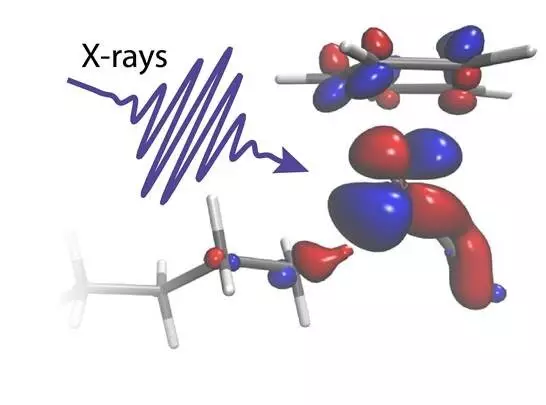Researchers have made significant progress in developing better catalysts to convert methane into a less harmful chemical. Methane is a powerful greenhouse gas that is being released into the atmosphere at an increasing rate due to livestock farming and the melting of permafrost. The transformation of methane into a less harmful and useful chemical could help mitigate the associated threats and provide a valuable feedstock for the chemical industry. However, the process requires the breaking of C-H bonds, which are some of the strongest chemical linkages in nature.
X-Ray Flashes Used to Reveal Catalyst Function
In a study published in the journal Science, researchers from Uppsala University, the Paul Scherrer Institute, Stockholm University, Hamburg University, and the European XFEL used short flashes of X-ray light to study how a catalyst breaks carbon-hydrogen bonds of alkanes. The catalyst is necessary to break C-H bonds, and the study aimed to reveal how it works in the reaction.
Forty years ago, molecular metal catalysts were discovered that could split C-H bonds. A short flash of visible light was all that was needed to activate the catalyst, allowing it to break the strong C-H bonds of alkanes almost without using energy. However, until now, it remained unknown how the catalyst performed this function.
The researchers were able to directly observe the catalyst at work and how it breaks the C-H bonds. They conducted two experiments at the Paul Scherrer Institute in Switzerland, using the X-ray laser SwissFEL and the X-ray synchrotron Swiss Light Source. The powerful X-ray flashes allowed the reaction to be followed from the beginning to the end, revealing the initial light-induced activation of the catalyst within 400 femtoseconds to the final C-H bond breaking after 14 nanoseconds.
To interpret the experimental data, theoreticians from Uppsala University and Stockholm University performed advanced quantum-chemical calculations. The calculations revealed how electronic charge flows between the metal catalyst and the C-H group. The charge flowing from the metal onto the C-H bond glues the two chemical groups together, while the charge flowing in the opposite direction acts as a scissor that eventually breaks the C and H atoms apart.
The study solves a 40-year-old mystery about how an activated catalyst can break strong C-H bonds by carefully exchanging fractions of electrons. The researchers hope to use their new tool to develop better catalysts for the chemical industry, making something useful out of methane and other alkanes.
The study is significant as it provides a deeper understanding of the process of breaking C-H bonds necessary for methane conversion. Furthermore, it opens up new possibilities for the development of better catalysts for the chemical industry.


Leave a Reply